
I'm often asked, "Who was the greatest player in Eagles history?" You could certainly make a case for Steve Van Buren, the Hall of Fame halfback who led the team to NFL Championships in 1948 and '49. And Reggie White was the best defensive end I've ever seen.
But with all due respect to Steve and Reggie, I think Chuck Bednarik is the greatest player ever to wear an Eagles uniform. The news of his passing at age 89 marks the end of a milestone chapter in franchise history. We won't see the likes of Concrete Charlie ever again.
Bednarik was the last of football's ironmen. Even young fans know the story of how in 1960, with a championship hanging in the balance, Bednarik played both ways at center and linebacker for much of the season. He was the oldest man on the team at 35 yet he played virtually every snap for the Eagles in their run to the NFL title.
Indeed, the number 60 will be forever identified with Bednarik. It was his uniform number (now retired), it was the year he helped the Eagles win their last championship and it was the number of minutes he is remembered for playing each week. Even if it wasn't quite 60 minutes, it was close enough.
In addition to playing center and linebacker, Bednarik was also the team's long snapper. The only time he wasn't on the field was for kickoffs. In the 1960 title game against Green Bay, he played 58 of the 60 minutes and in the closing seconds he wrestled down Jim Taylor at the 9-yard line to preserve the 17-13 victory.
"It was 20 years before it dawned on me what I did," Bednarik said in a 1994 interview. "I took it for granted. They told me to play so I played. But as I got older, I thought about it. I said, 'Do you know what the hell you did?' No one will ever do it again, certainly not at the professional level. I was the end of an era."
Bednarik was proud of his place in football history and he wasn't shy about letting you know it. In recent years when other players – notably Deion Sanders – played on both sides of the ball Bednarik dismissed them as mere wanna-bes.
Remembering Eagles legend Chuck "Concrete Charlie" Bednarik, one of the best players to ever play in the city of Philadelphia.
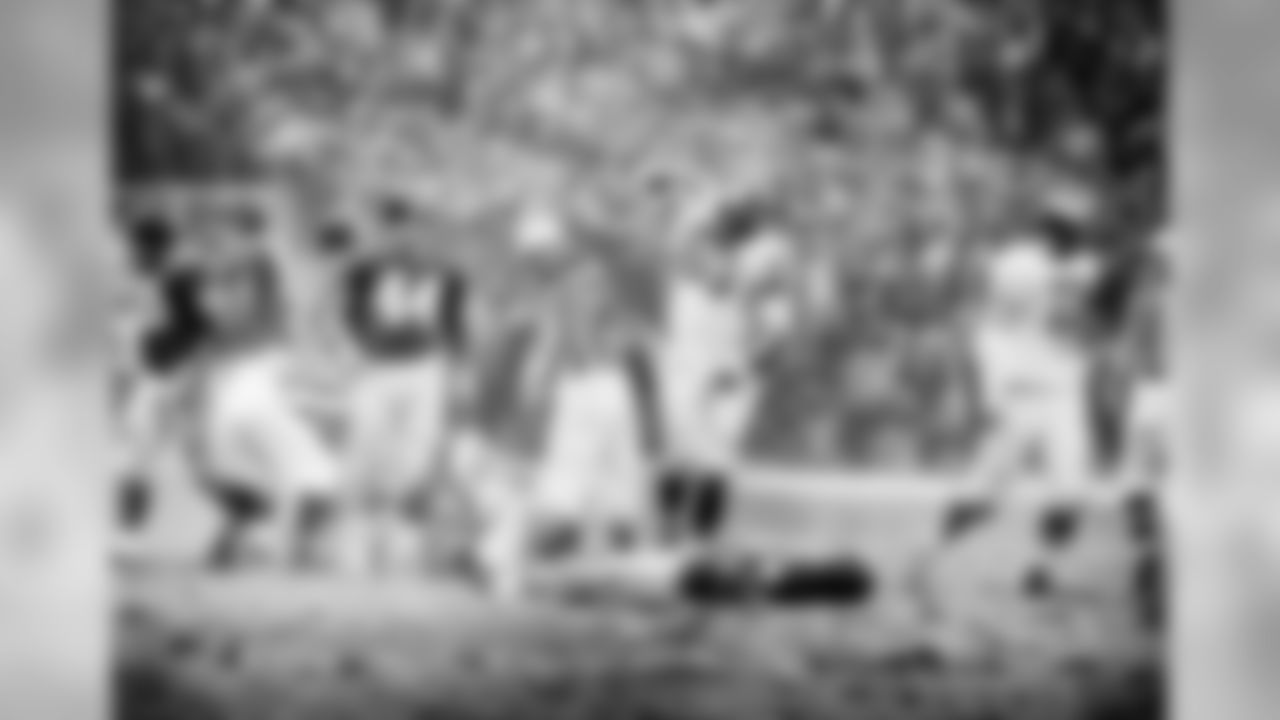
Bednarik will forever be remembered for "The Hit", when he knocked out Giants running back Frank Gifford during a 1960 game
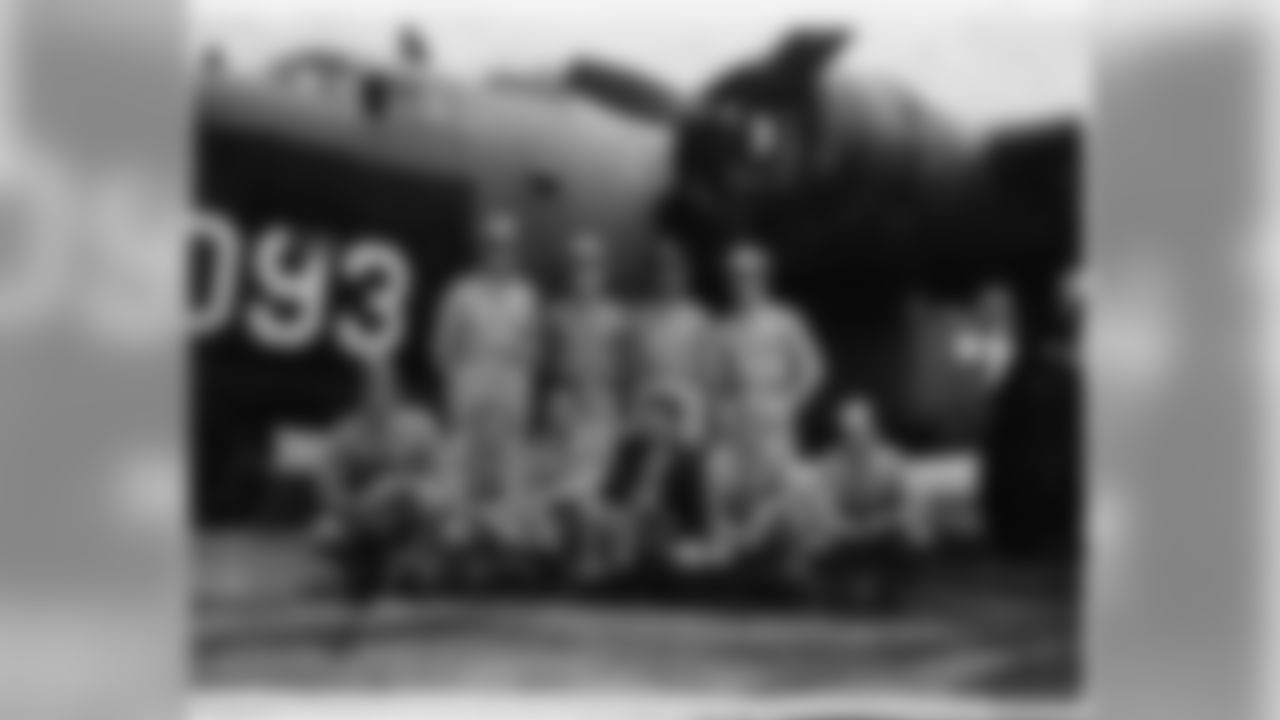
Bednarik served the United States of America during World War II. He was a waist-gunner on a B-24 bomber, earning an Air Medal with five oak leaf clusters and five battle stars
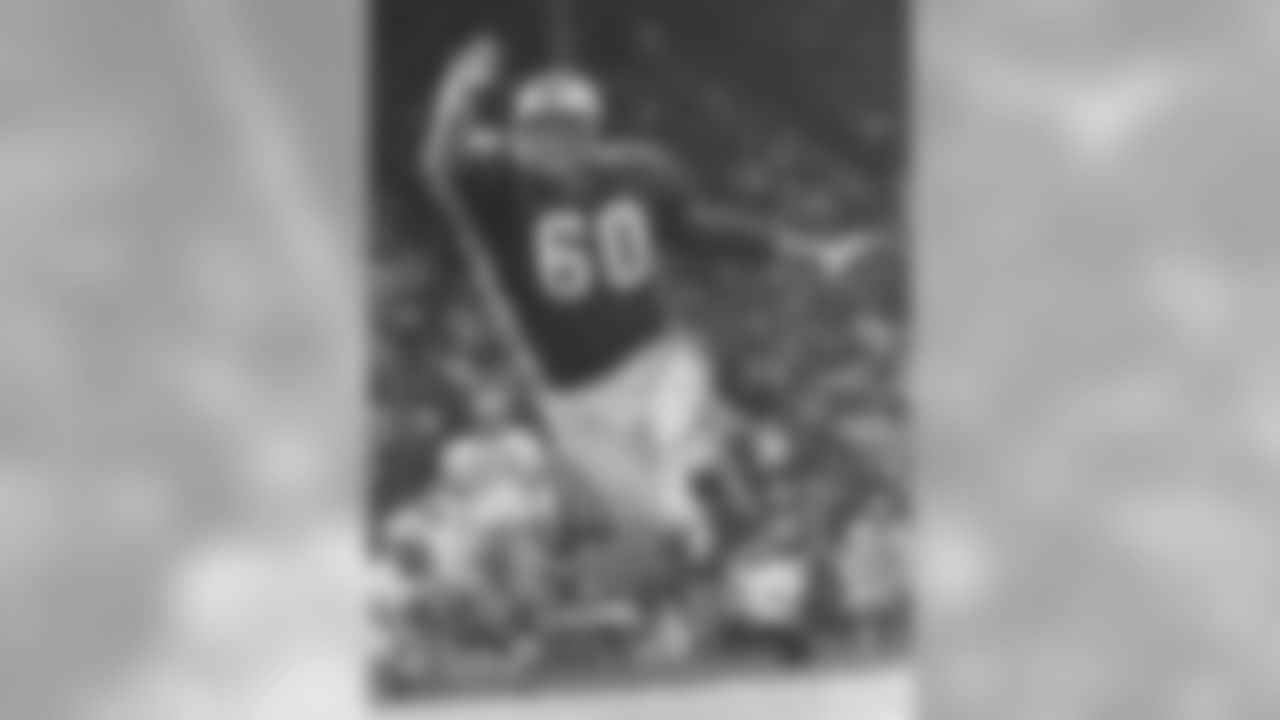
Bednarik played collegiately at the University of Pennsylvania and quickly became one of the best two-way players int he league, dominating at both the linebacker and center positions
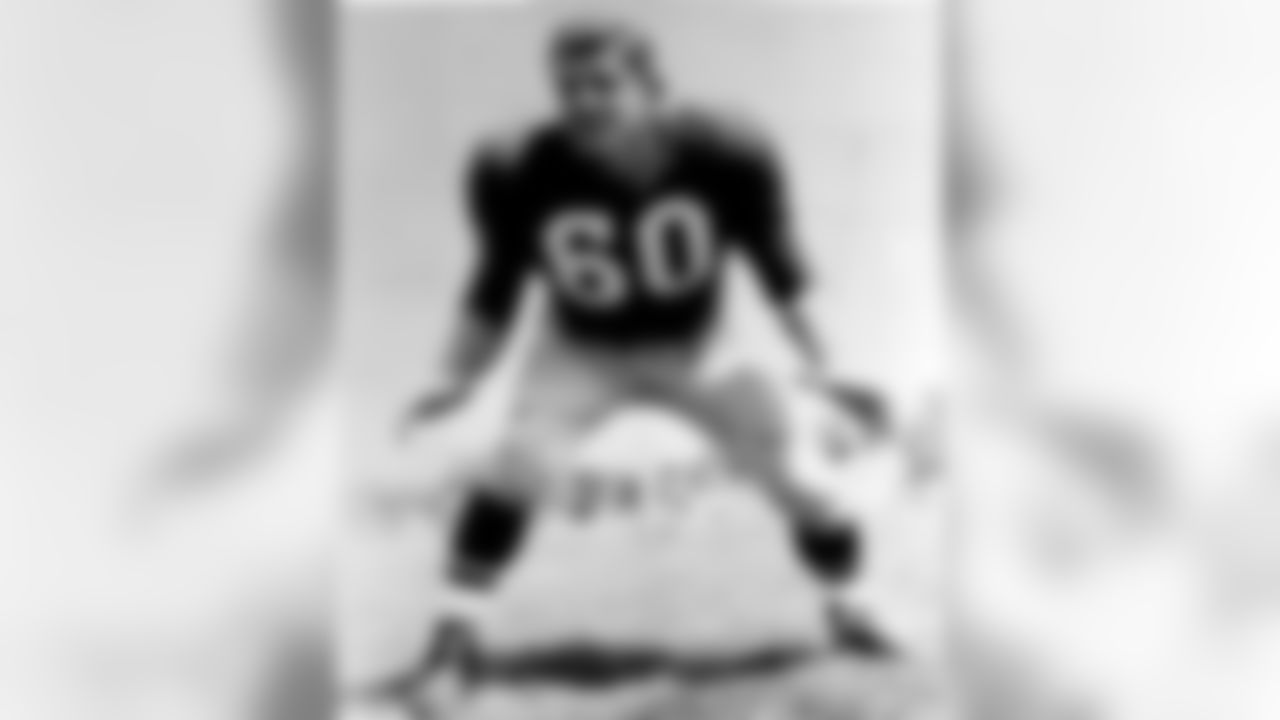
Bednarik's 14 seasons in Philadelphia are the most ever in an Eagles' uniform
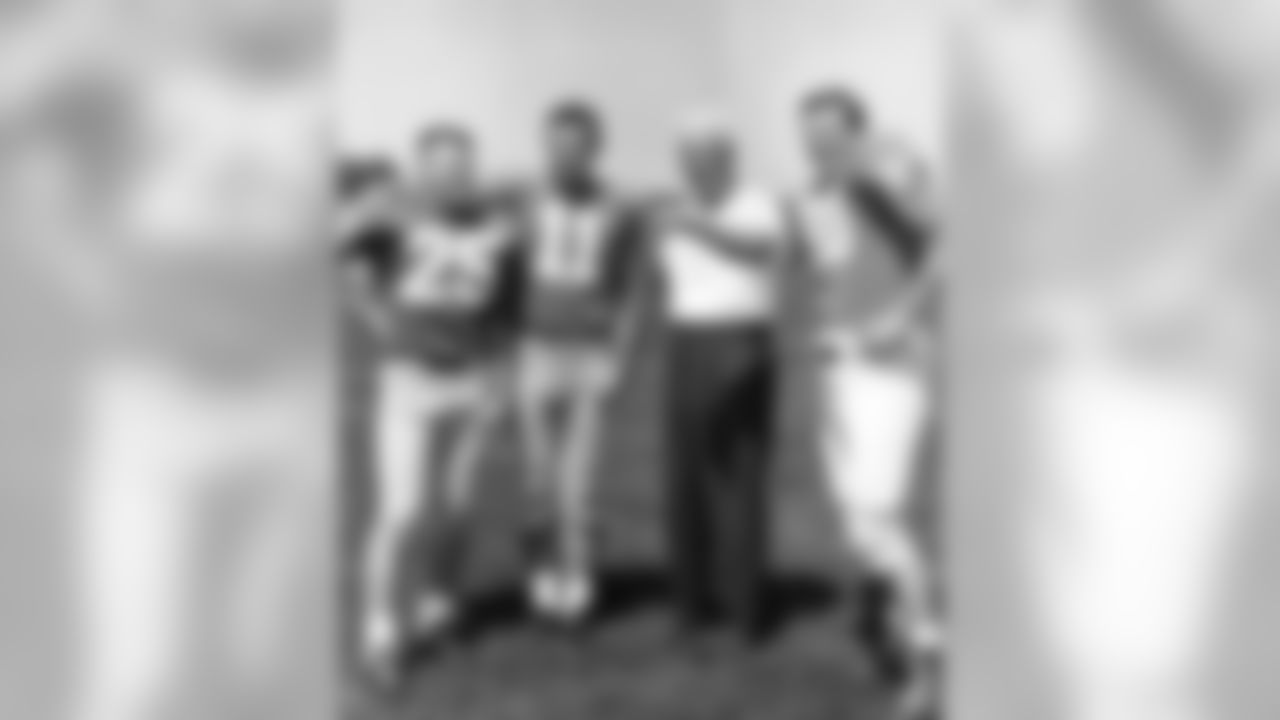
Bednarik helped the Eagles capture two NFL Championships in 1949 and 1960
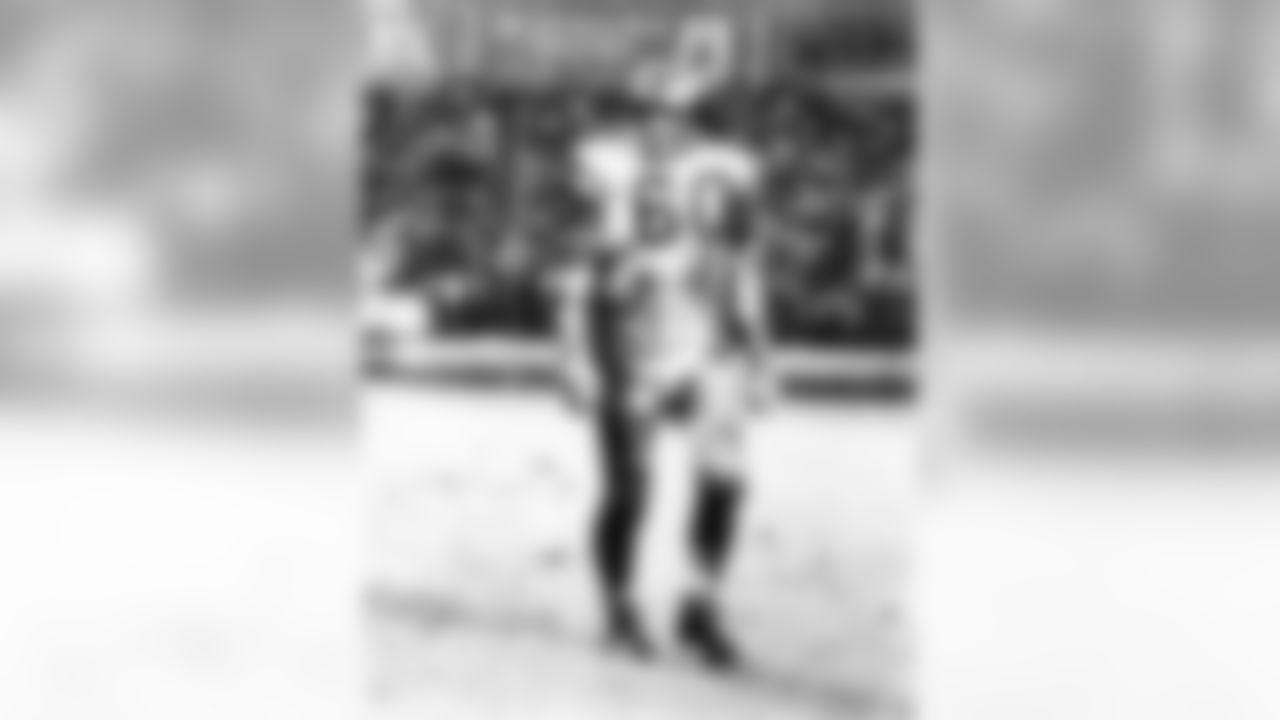
Concrete Charlie's eight Pro Bowl selections are the most in franchise history
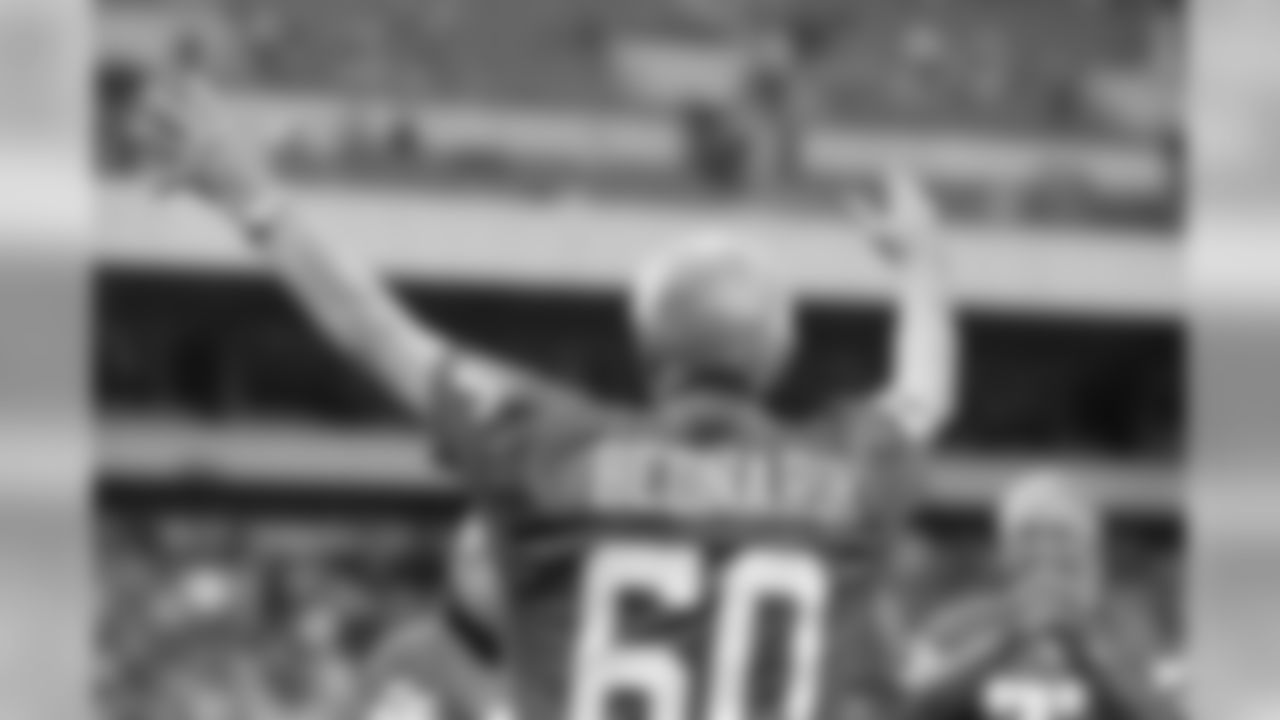
A Philadelphia sports legend, Bednarik was beloved by Eagles fans. He returned to Philadelphia during the 2010 season opener to celebrate the 50th anniversary of the Eagles' 1960 Championship team

Bednarik's no-nonsense, physical style of play fit perfectly in the city of Philadelphia, a city that Bednarik called home for his entire life

"He had that aura, Mr. Eagle, the legend come to life." - Bill Bergey on Bednarik
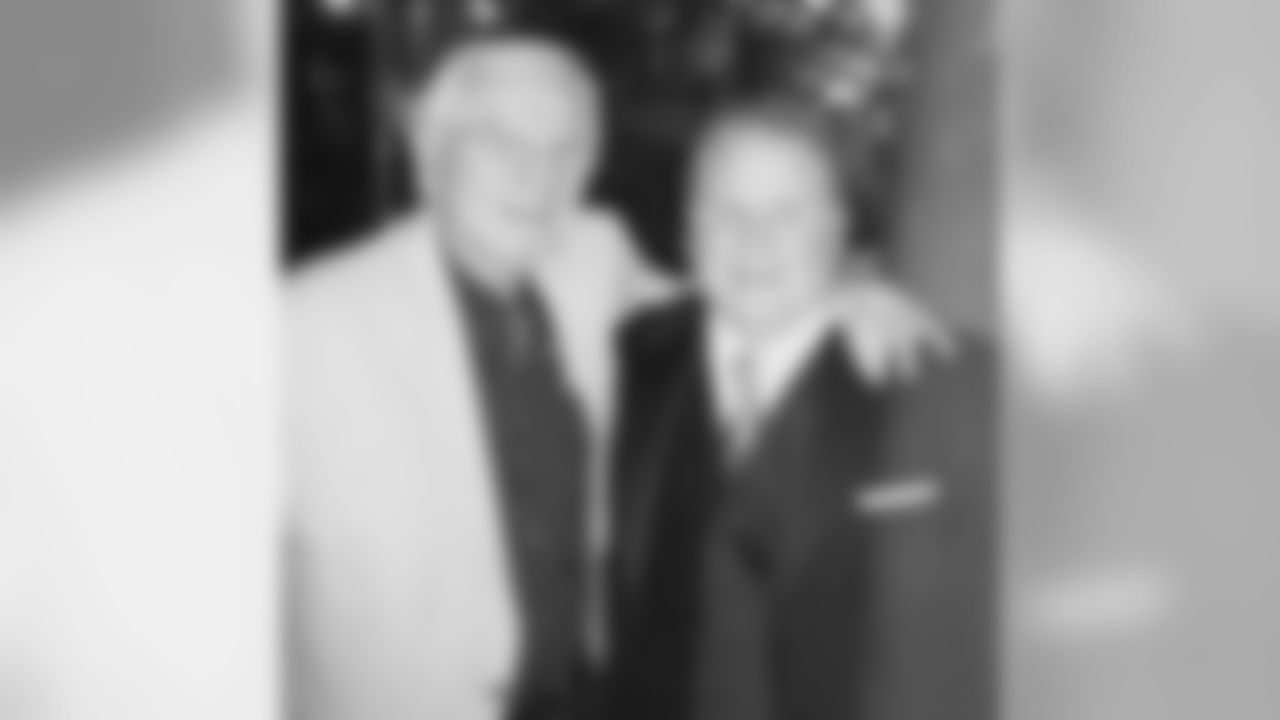
Bednarik and Chip Kelly at the 2013 Maxwell Awards

Bednarik and Kelly during an Eagles' Alumni event

Bednarik alongside Eagles Chairman and CEO Jeffrey Lurie at Eagles Training Camp in 2014

Bednarik says hello to Eagles linebacker Connor Barwin during 2014 Training Camp

Bednarik and his family were in attendance for the Eagles' 2013 home opener against San Diego

Bednarik's No. 60 will never be worn by another Eagle. It hangs in the rafters of Lincoln Financial Field
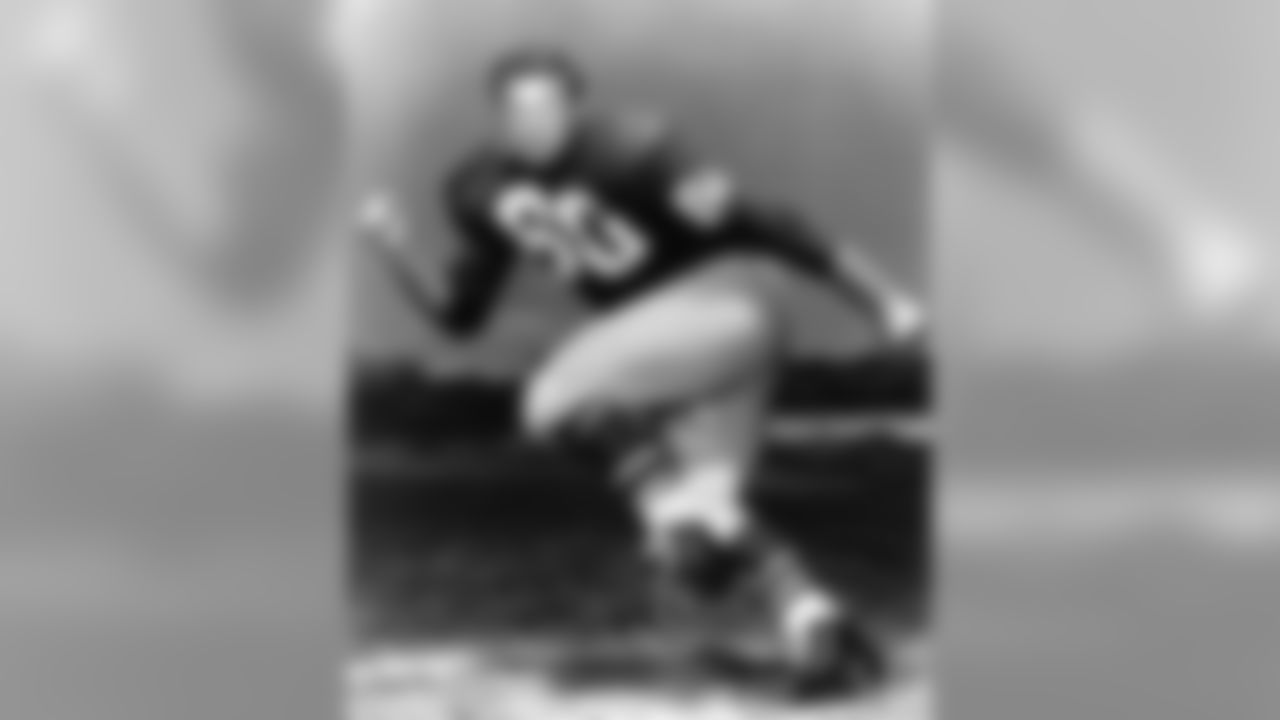
"Chuck wasn't made of the same material as the rest of us, I'm sure of that." - Eagles cornerback Tom Brookshier
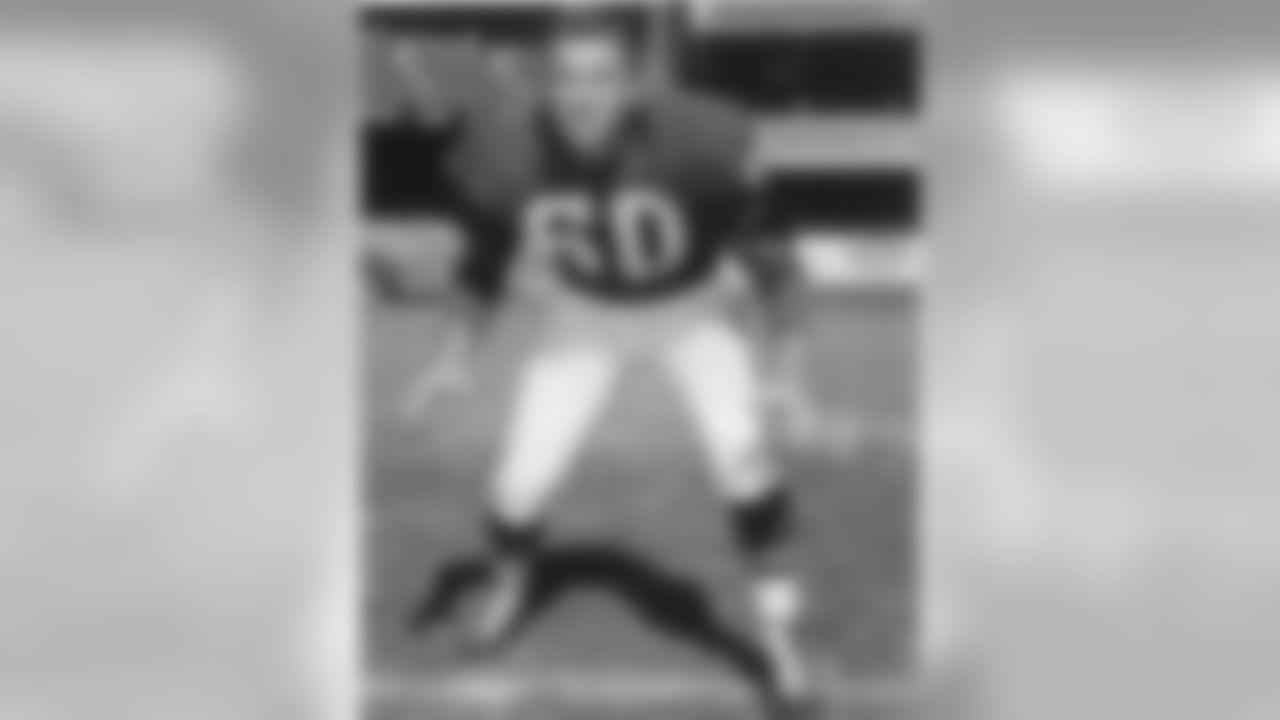
"When I go out there, I want to be the greatest football player who ever lived." - Chucck Bednarik

Chuck and Emma Bednarik with their daughters Charlene, Donna, Pamela, and Carol in 1959

Jerry Williams and Chuck Bednarik in 1969
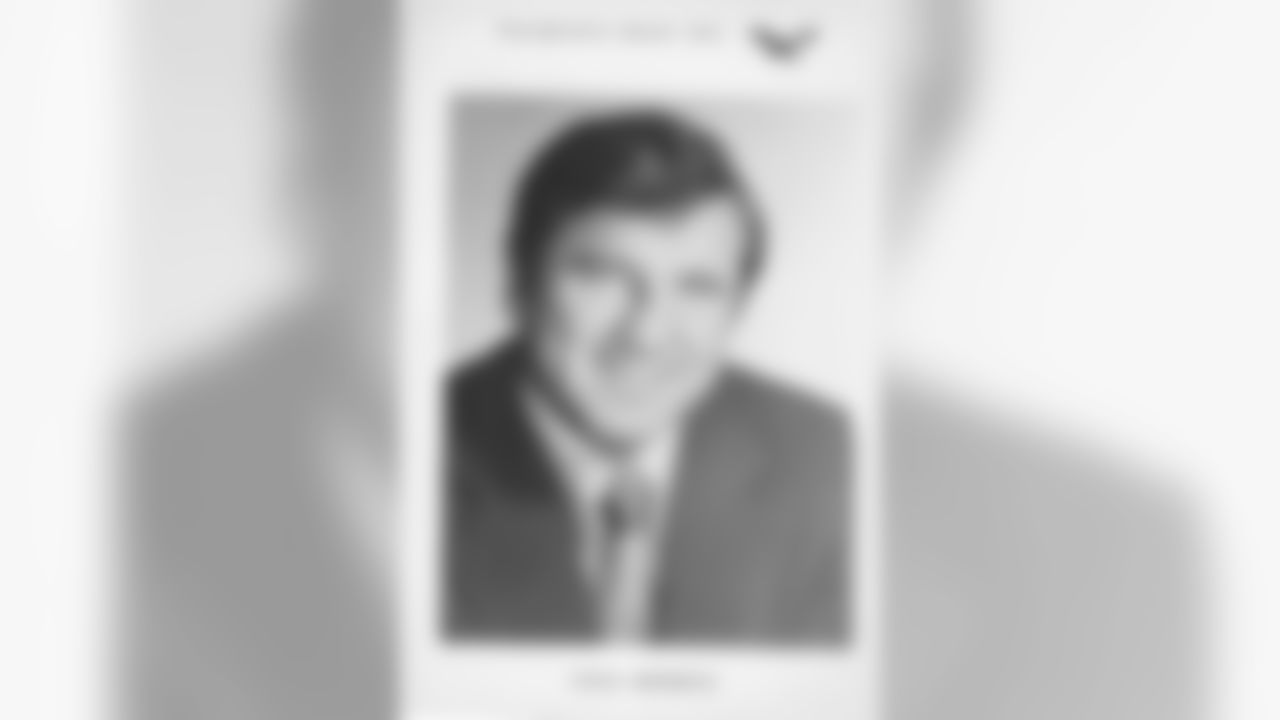
Chuck Bednarik in 1976

The Bednarik family in 1959

Bednarik is announced to the crowd in 1984
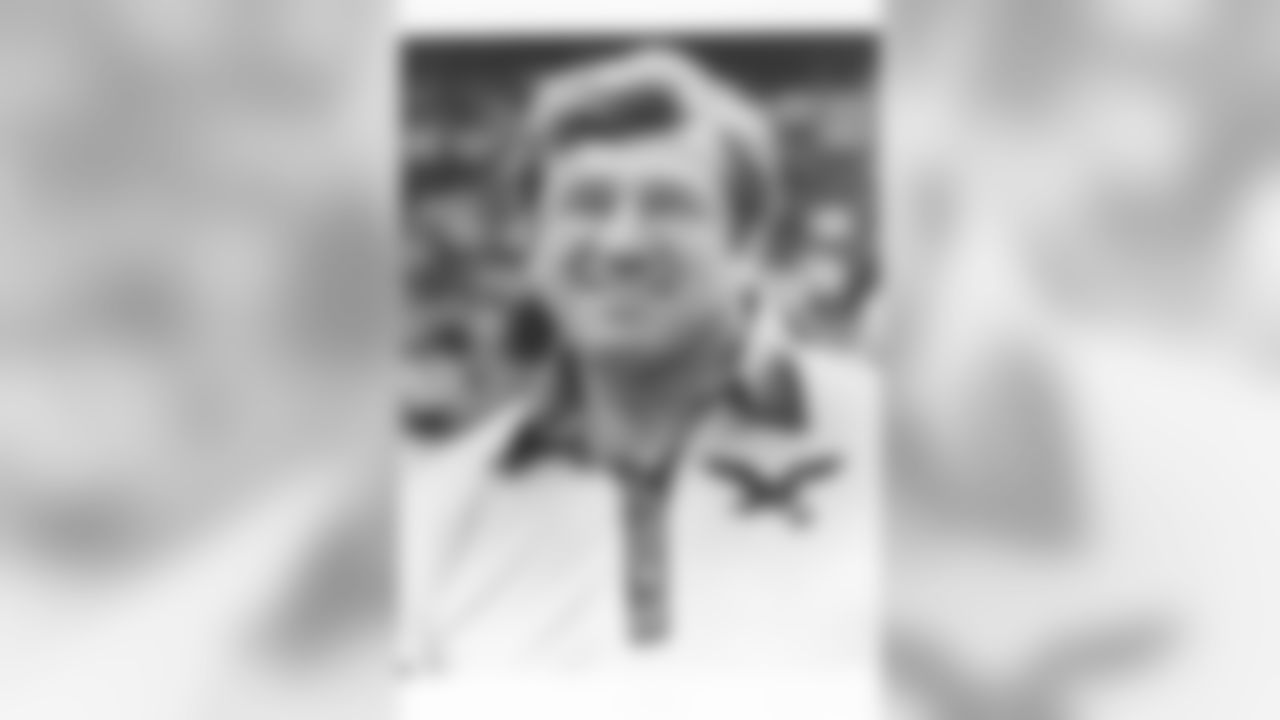
A sideline shot of Bednarik
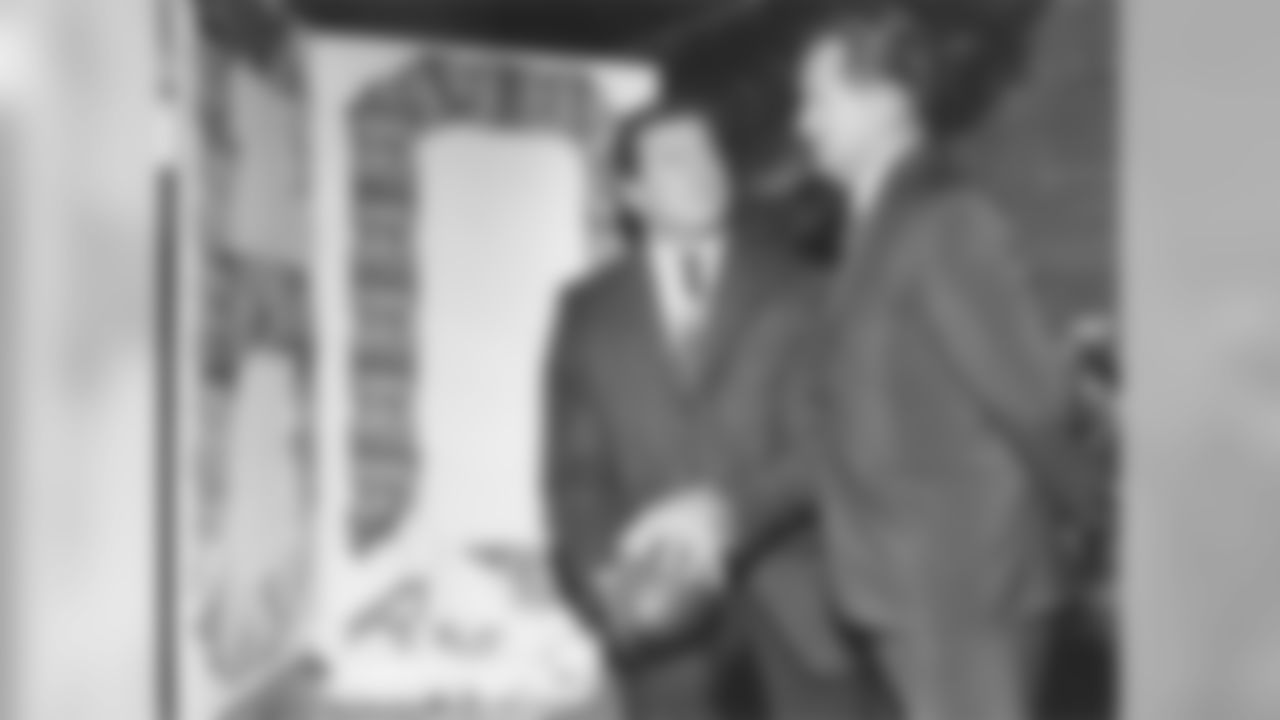
Eagles head coach Joe Kuharick with Chuck Bednarik

Bednarik with Ballantine Brewing Vice President, Carl Badenhausen in 1965
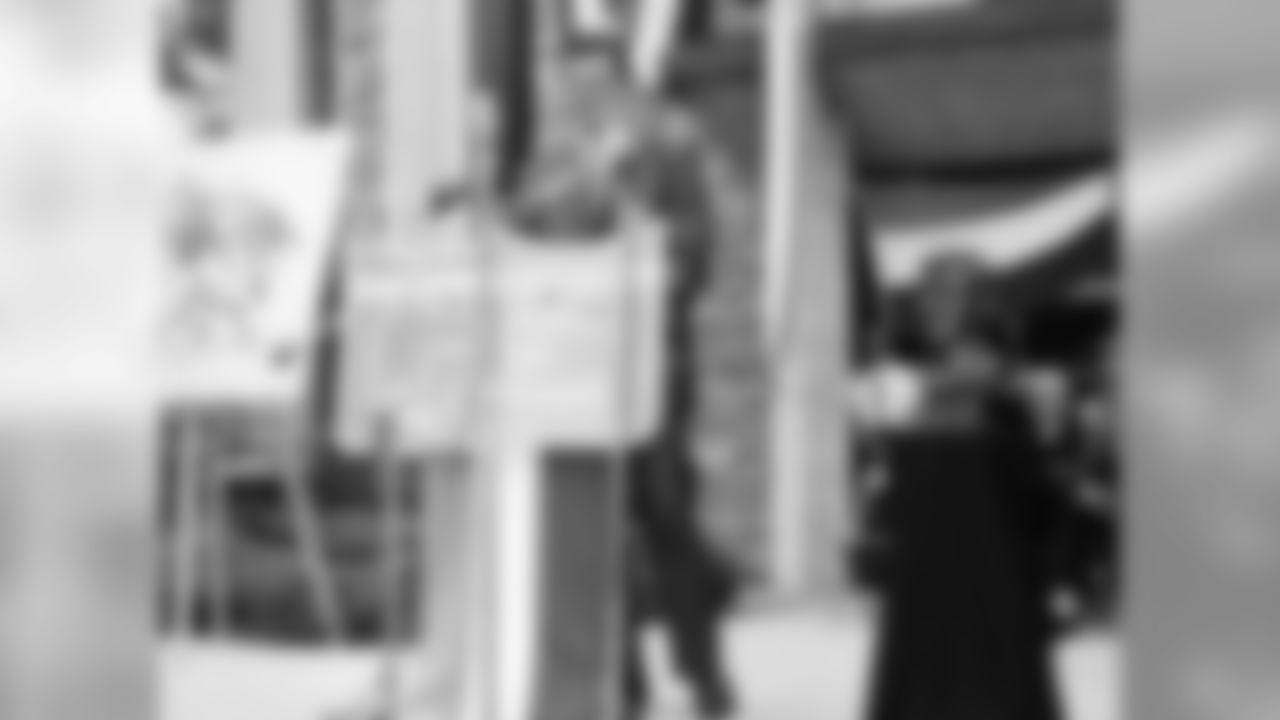
Bednarik giving his Hall Of Fame induction speech

Coach Earle "Greasy" Neale with Bednarik in Canton, Ohio
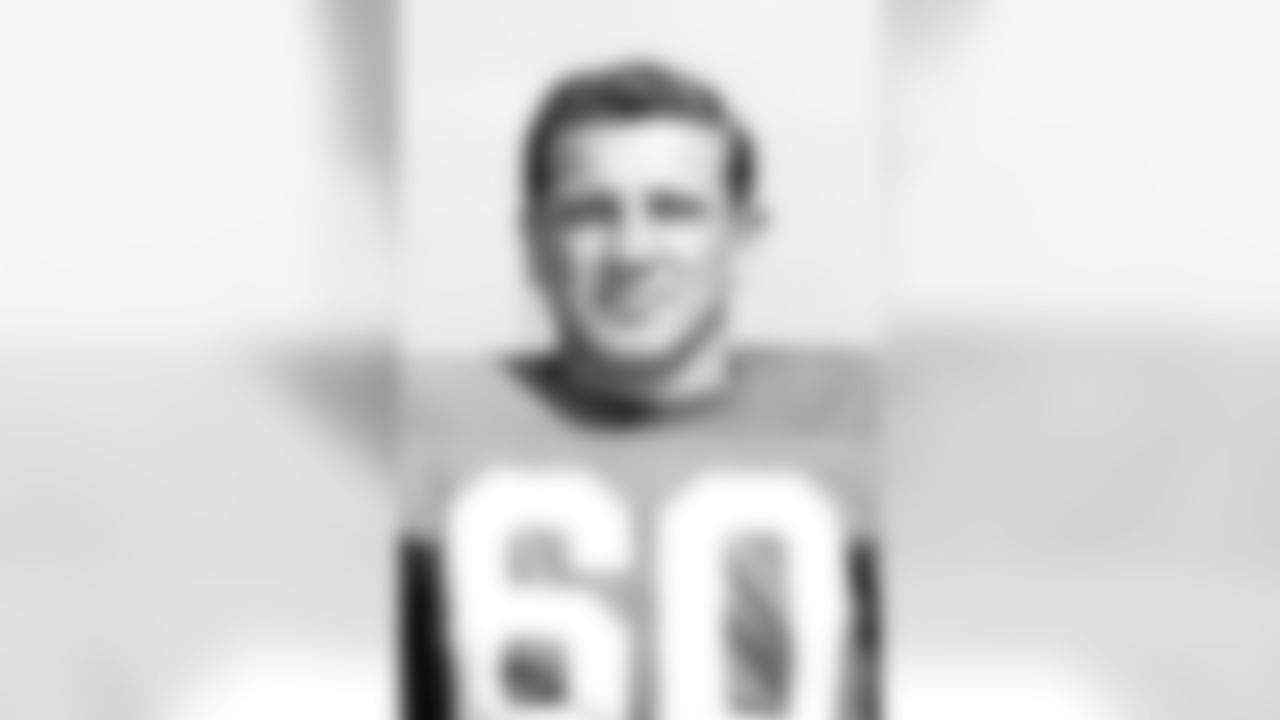
Chuck Bednarik's headshot
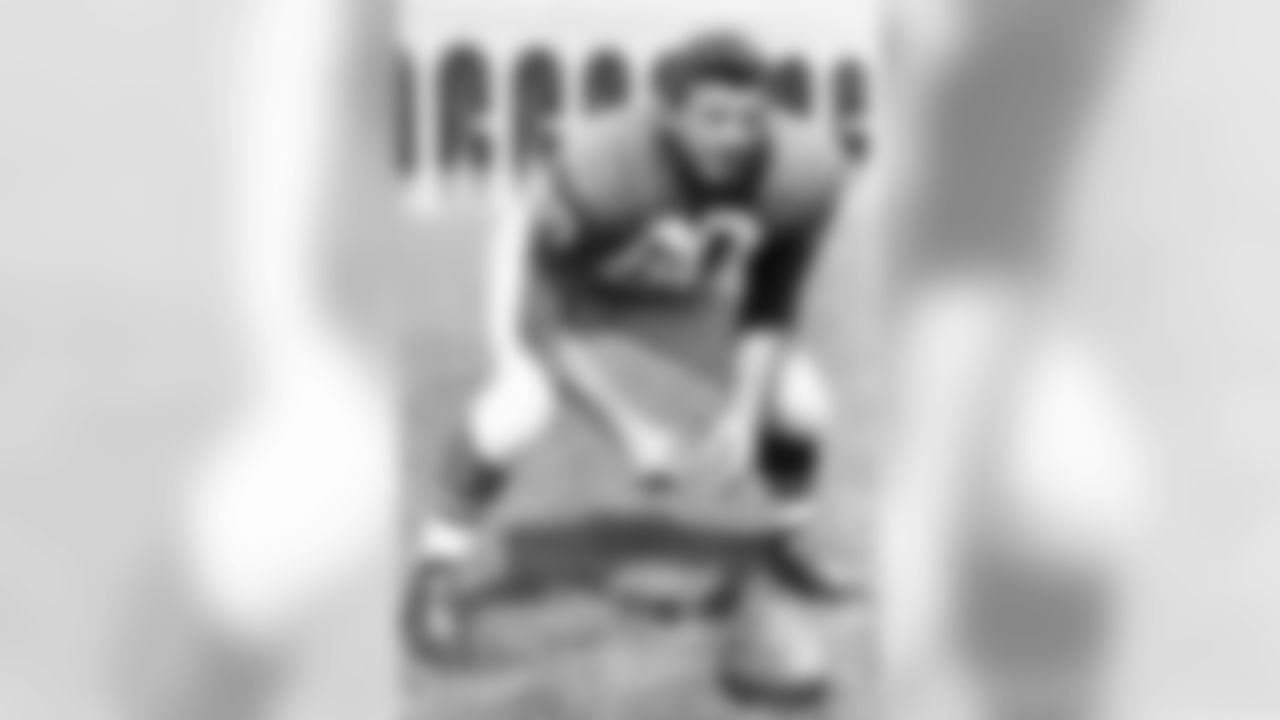
Bednarik getting ready to snap the ball for his photo
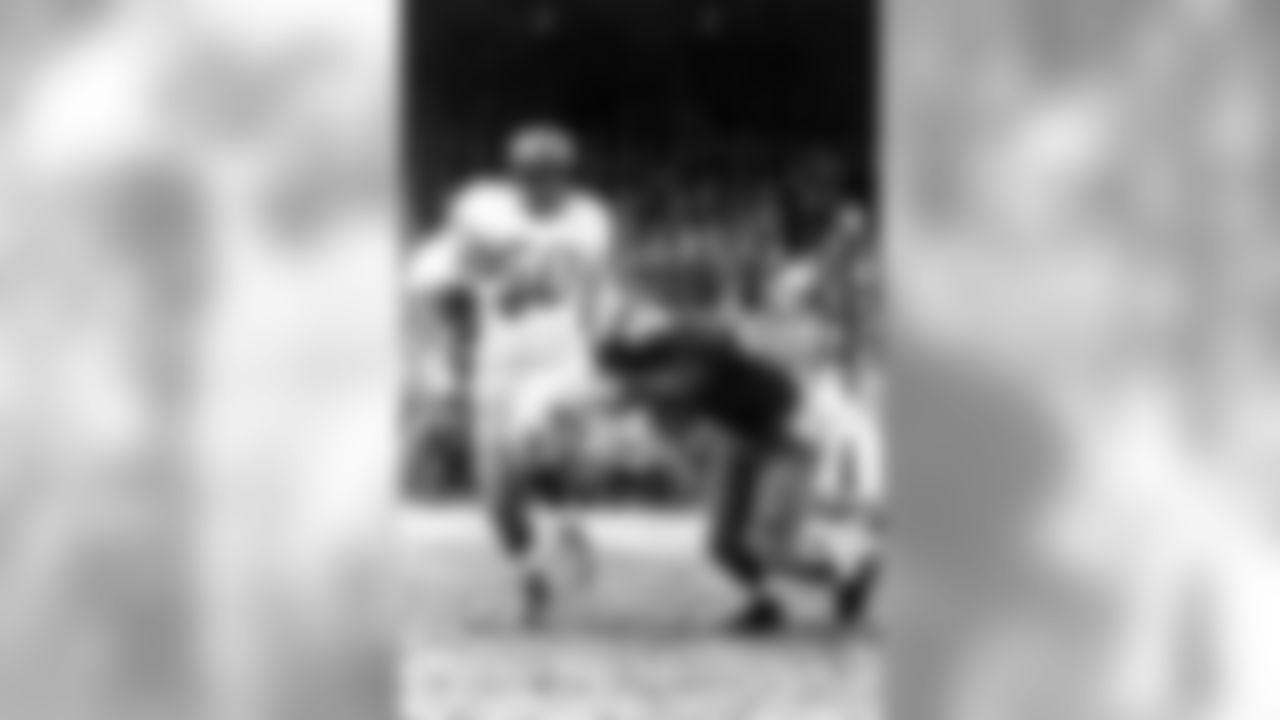
Bednarik making the tackle

Bednarik signing his contract

Bednarik celebrating after a great play
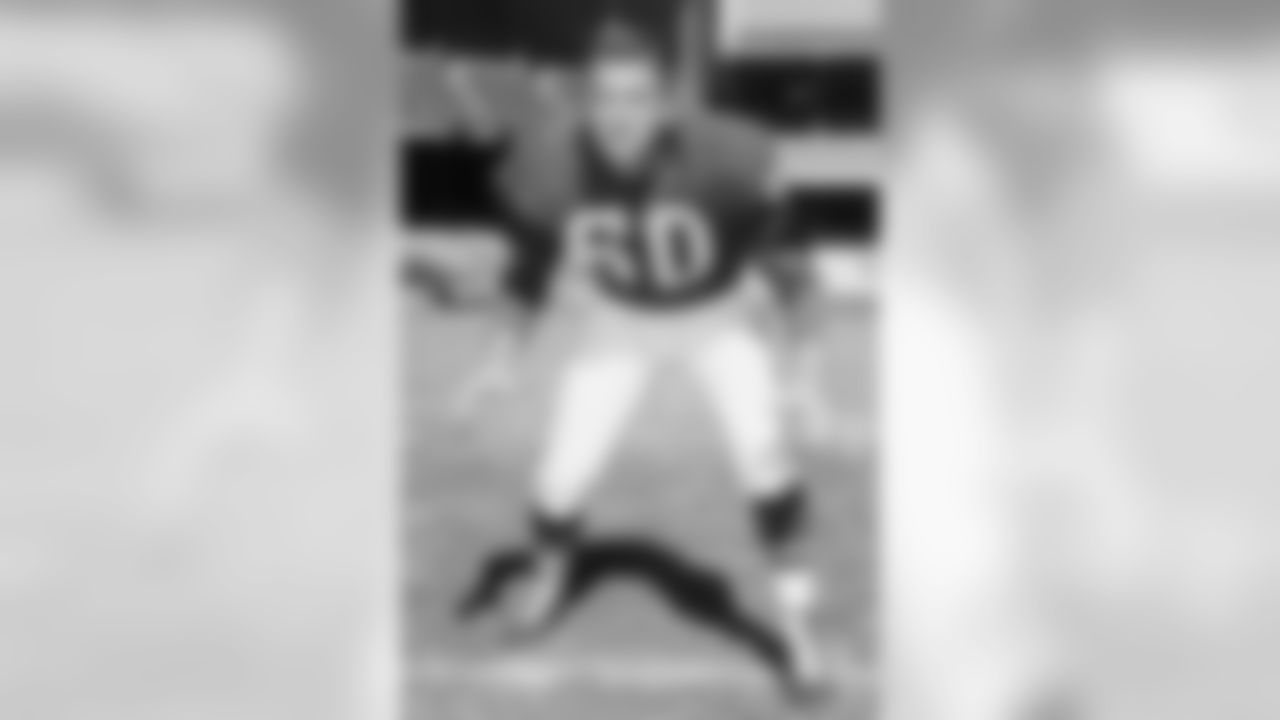
Bednarik getting ready for the season
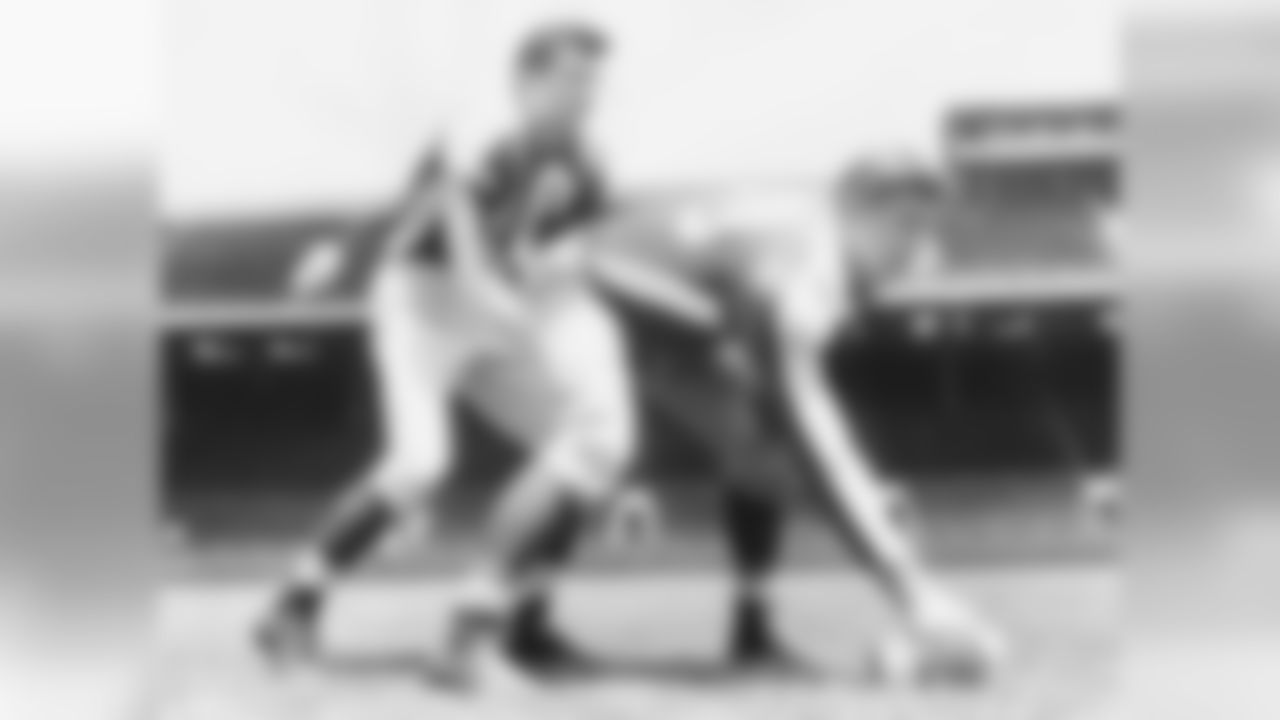
Bednarik working on his snaps
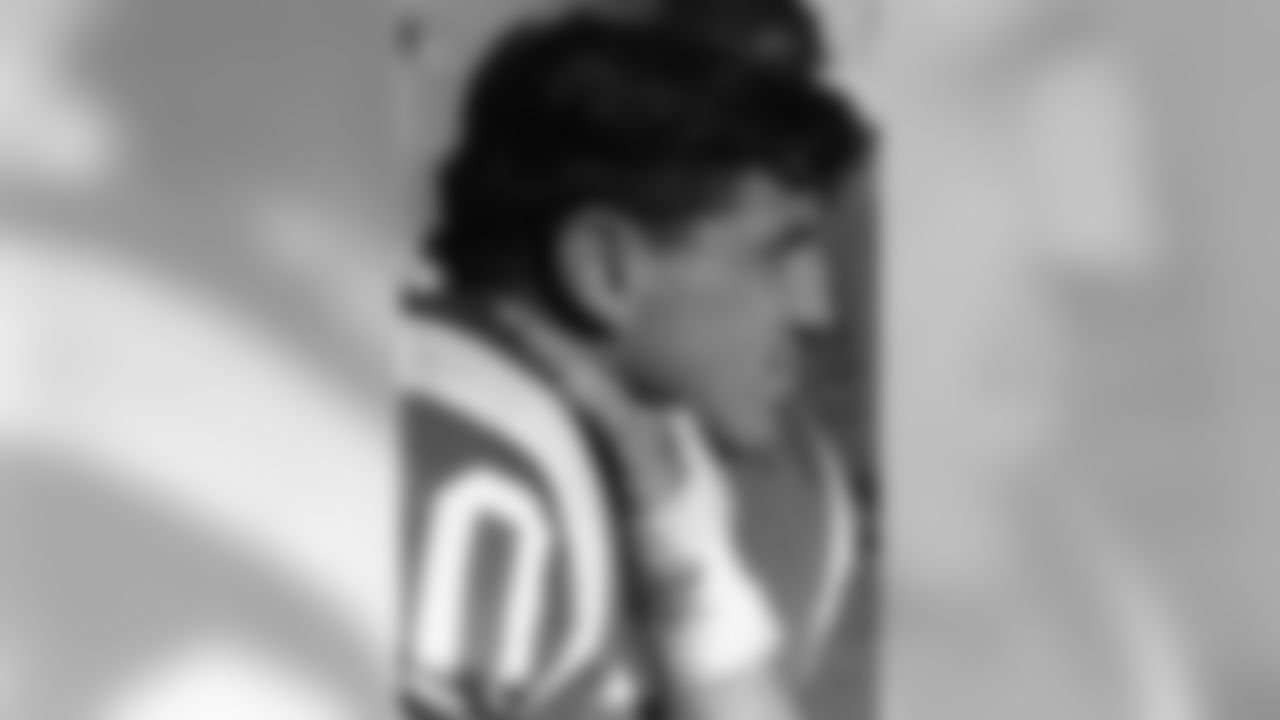
A sideline view of Bednarik
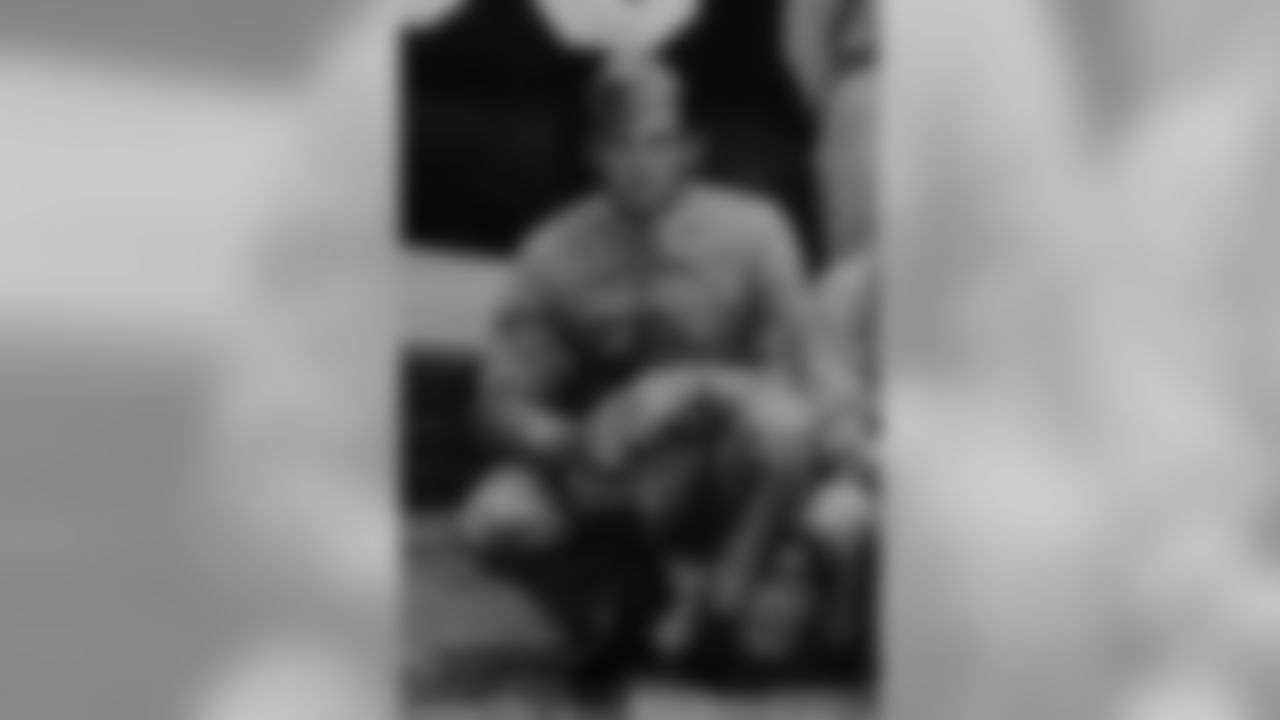
Bednarik served in the United States Army Air Forces

Bednarik in his Hall Of Fame jacket
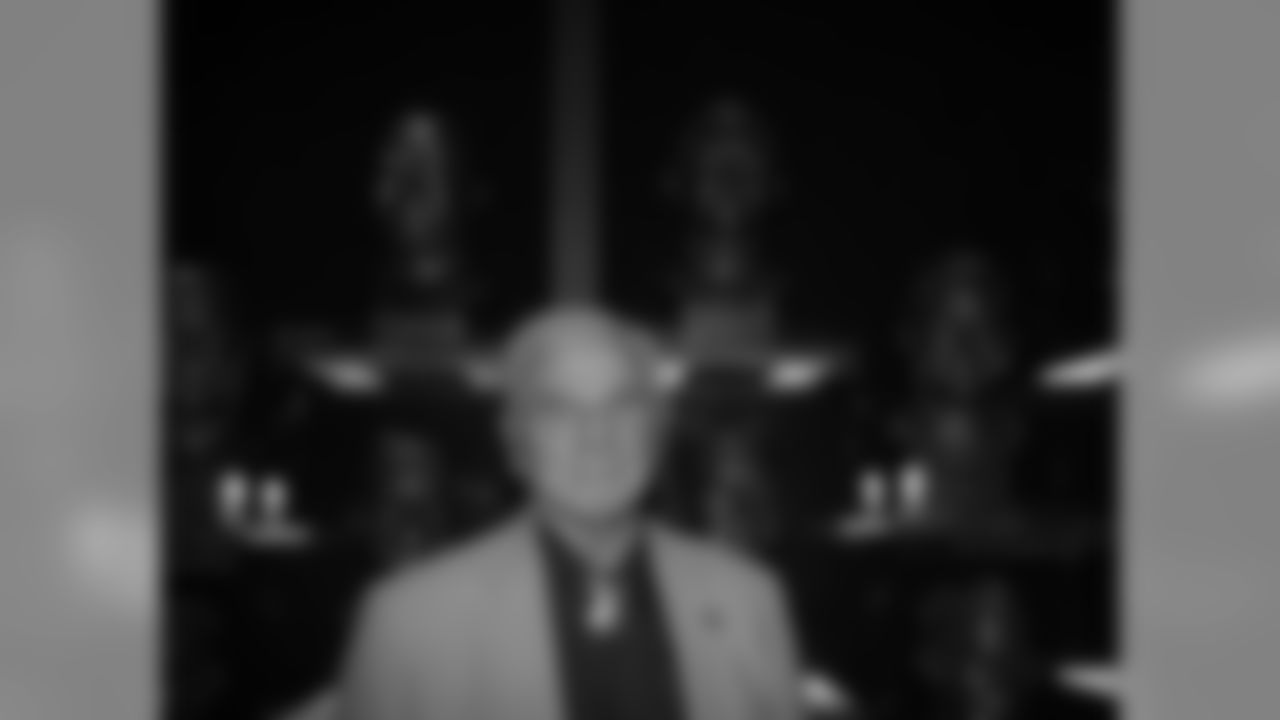
Bednarik with his Hall Of Fame bust
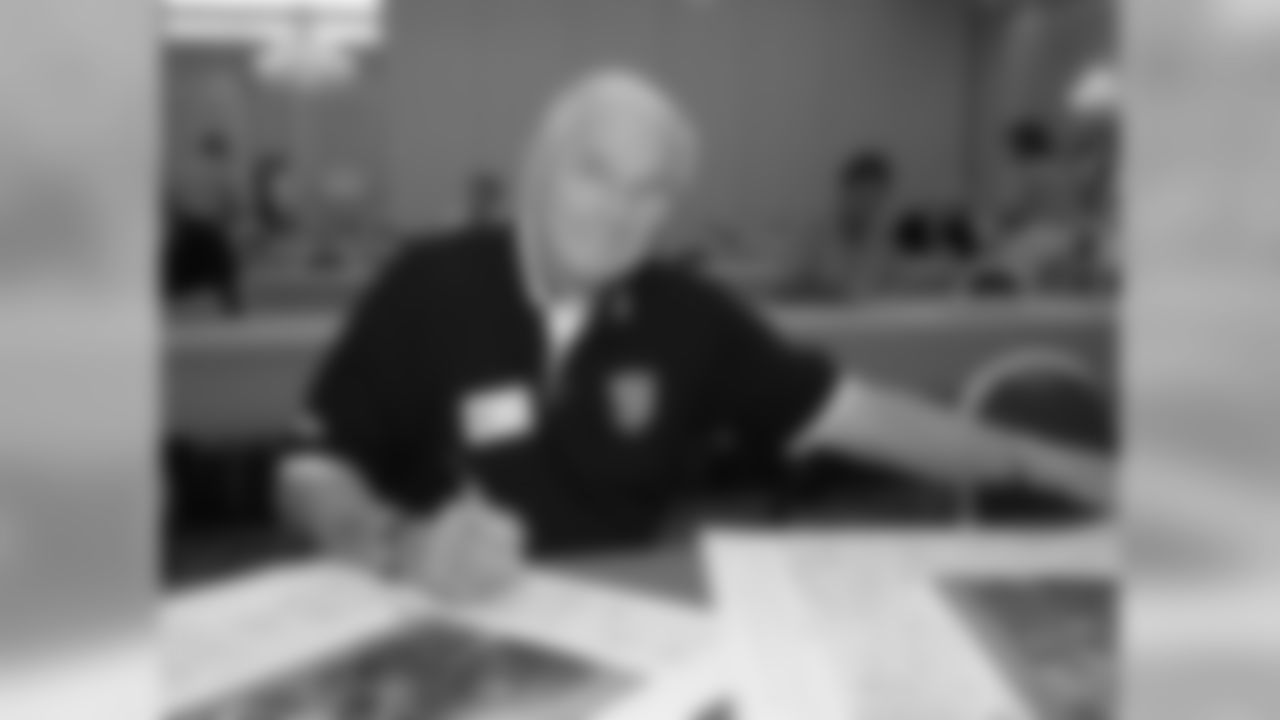
Bednarik signing some posters for the Hall Of Fame
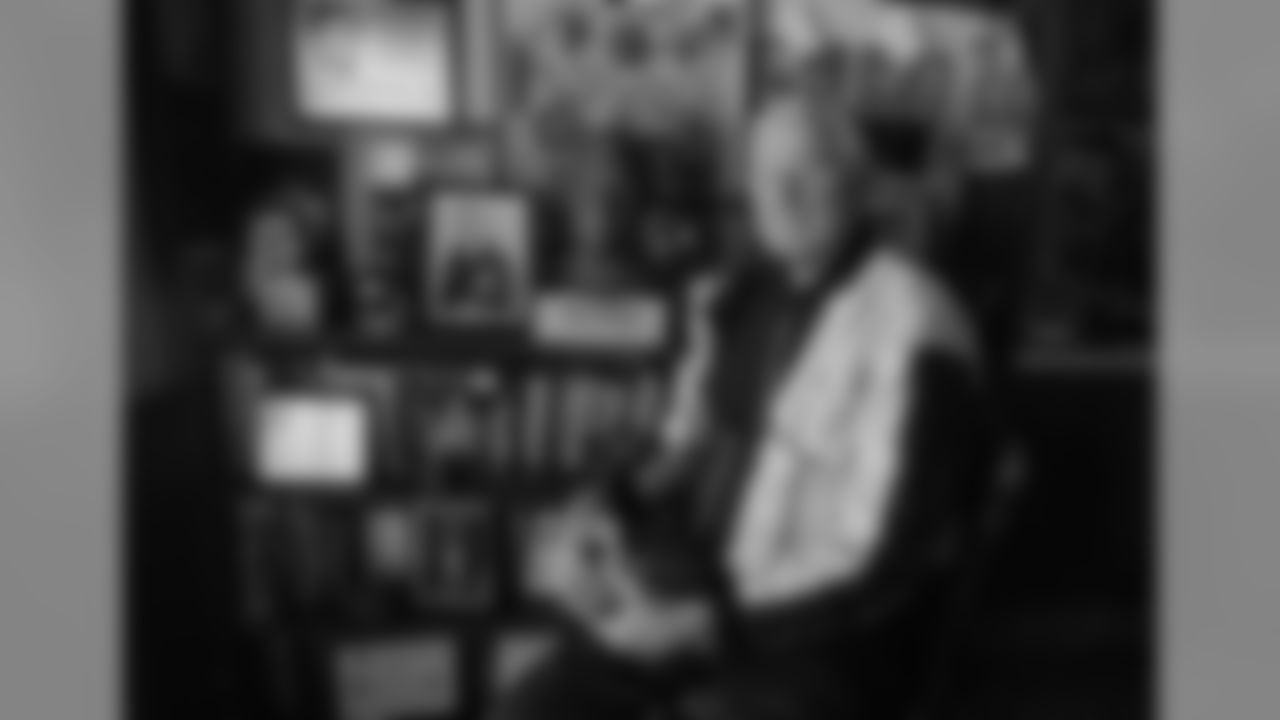
Check Bednarik passed away at the age of 89
"Deion is no ironman," Bednarik said. "He doesn't hit anybody. He couldn't tackle my wife Emma."
Time has a way of distorting things, enlarging them, expanding them, exaggerating fact into folk lore. That is particularly true in sports where upon closer examination the 500-foot home runs of legend are likely to measure closer to 400 feet and the breath-taking touchdown runs you read about are often less than that when finally discovered on old black-and-white newsreels.
But Bednarik's career – and in particular his 1960 season - is the exact opposite.
What he accomplished that season is actually greater than the legend that surrounds it. Most football fans know he played both ways but what they may not know is how superbly he played. From the time he was forced into double-duty in Week 5, he made a huge number of game-changing plays. He was Roy Hobbs in a helmet and shoulder pads.
Bednarik played both ways as an All-America at Penn and early in his career with the Eagles, but by 1960 he was strictly a center and long-snapper. However in Week 5, Bob Pelligrini, the starting left outside linebacker, went down with a broken leg and coach Buck Shaw asked Bednarik if he could take over.
"I was surprised," Bednarik said. "I didn't know the defensive calls. Chuck Weber (middle linebacker) had to tell me what to do. But once I got into the game, I figured it out. The game is mostly instinct anyway."
Bednarik made 15 tackles as the Eagles knocked off the Cleveland Browns, 31-29. From there, they went on a roll that carried them to first place in the Eastern Conference. The most memorable game was their 17-10 win over the New York Giants at Yankee Stadium which is remembered for Bednarik's knockout of Giants halfback Frank Gifford.
It was in the closing minutes and the Giants were driving toward the tying score. Gifford caught a pass across the middle and was slammed by the 6-3, 235-pound Bednarik coming full speed in the opposite direction.
"It was like a truck hitting a Volkswagen head on," Bednarik said. "Frank never saw me coming."
The 6-1, 185-pound Gifford was slammed violently backwards onto the frozen turf where he lay unconscious, his arms and legs limp. The ball rolled loose and Weber fell on it. When Bednarik saw his teammate recover the fumble, he did a fist-pumping victory dance. He always insisted he never saw Gifford at his feet.

"I was jumping up and down shouting, 'This (expletive) game is over,'" Bednarik said. "I wasn't directing it at Frank or anyone else. I was just happy we won. If people think I was gloating over Frank they're full of you-know-what."
Gifford suffered a concussion and was carried off the field on a stretcher. Bednarik sent him a get well card and a basket of fruit in the hospital. Gifford did not return to the field until the 1962 season when he came back as a flanker.
"Looking back," Bednarik said, "that hit might have put us both in the Hall of Fame. I know it was the most publicity I ever got."
On December 26, 1960, the Eagles met Vince Lombardi's Packers for the NFL Championship. Ironically, the game was played at Franklin Field, the old brick house on the Penn campus where Bednarik first rose to prominence.
"It was a perfect day, about 40 degrees," he said. "Just cold enough to keep me going. I was pumped up anyway, playing for the championship. I took some oxygen on the sidelines and at the half, but, really, it wasn't as tough as people think. I was 35 but I was in good shape. I'd stand on the field after each series, watching 21 guys walk off and another 21 guys walk on and I'd be saying, 'C'mon, let's go.'"
Against the Packers, Bednarik was on the field for 139 of 142 plays. He protected quarterback Norm Van Brocklin when the Eagles had the ball and he tackled Taylor and Paul Hornung when the Eagles were on defense. They were clinging to a four-point lead in the final seconds, but the Packers had the ball at the 22-yard line with time for one more play.
Bart Starr wanted to throw it to the end zone but the Eagles had it covered so the quarterback dumped the ball to Taylor in the flat. The great fullback lowered his head and drove toward the goal line. Several Eagles bounced off him but Bednarik was waiting at the nine. He stopped Taylor in his tracks and pinned him to the ground as the last few seconds rolled off the clock.
"(Taylor) was squirming like hell trying to get up," Bednarik said. "He was saying, 'Get off me, you so and so.' When the second hand hit zero, I said, 'You can get up now, you so and so. This (expletive) game is over.' That was the ultimate, winning that game. It was a great achievement beating that team."
As a kid, I got Chuck Bednarik's autograph at the Eagles training camp. Years later, I interviewed him numerous times for various projects. One of our last conversations was in 2001 when I was with NFL Films. I interviewed Chuck at his home in Coopersburg, Pennsylvania. He was in a reflective mood, talking about growing up in Bethlehem, going off to war, coming home, going to Penn and then finding his way into professional football.
"I came from a family of six kids whose parents came from Czechoslovakia," he said. "We had nothing. Life was hard. My father worked in the (steel) mill. I thought I'd spend my life in the mill, too. Instead, I got the chance to play football. Look how it turned out.
"Now I can't walk anywhere without people coming up to me and saying, 'Are you Chuck? I just want to shake your hand.' I walk through a mall and I'm stopped a dozen times by people saying, 'Hi Chuck. How are you doing, Chuck?' That makes me feel so happy and so proud. Money can't buy that kind of stuff.
"Life has been good to me," he said. "I'm a lucky man."
An award-winning writer and producer, Ray Didinger was inducted into the Pro Football Hall of Fame in 1995. He has also won six Emmy Awards for his work as a writer and producer at NFL Films. The five-time Pennsylvania Sportswriter of the Year is a writer and analyst for Comcast SportsNet. Didinger will provide Eagles fans a unique historical perspective on the team throughout the year for PhiladelphiaEagles.com. You can read all of his Eagles History columns here. He is also the author of The New Eagles Encyclopedia. !
- VIEW: Forever An Eagle: Our Tribute To Chuck Bednarik
- READ: Didinger: Bednarik Is The Greatest All-Time Eagle
- VIDEO: Remembering A Legend: Chuck Bednarik
- VIDEO: In His Own Words: Chuck Bednarik's Journey
- READ: The Hit Still Resonates After All These Years
- VIDEO: Merrill Reese On Chuck Bednarik
- VIDEO: Highlights From The 1960 NFL Championship
- PHOTOS: An In-Depth Look At Bednarik On And Off The Gridiron















